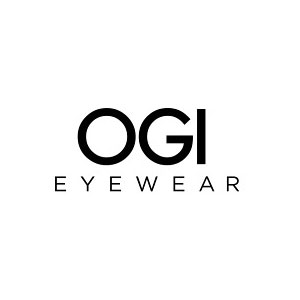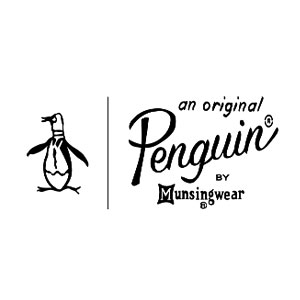Patient Education
Frame Gallery
Our Latest News Blog
- Details
- Written by Harbor View Eye Care Team
A refractive error occurs when light is not focused properly on the retina at the back of the eye.
The curved surface of the eyeball bends light, much like a magnifying glass. This is called refraction. As the light is refracted it should focus on the retina, which lines the back surface of the eye.
Light enters your eye through two curved surfaces. First it passes through the cornea...
- Details
- Written by Harbor View Eye Care Team
Celebrating your 39th birthday….Again?
Is it getting harder to read your birthday cards this year? As much as we’d all like to deny our age, sometime around the age of 40, most of us start noticing that our eyes are losing the ability to focus as easily as they could when we were younger. This condition, known as presbyopia, affects our capacity to focus clearly on printed text, computer...















